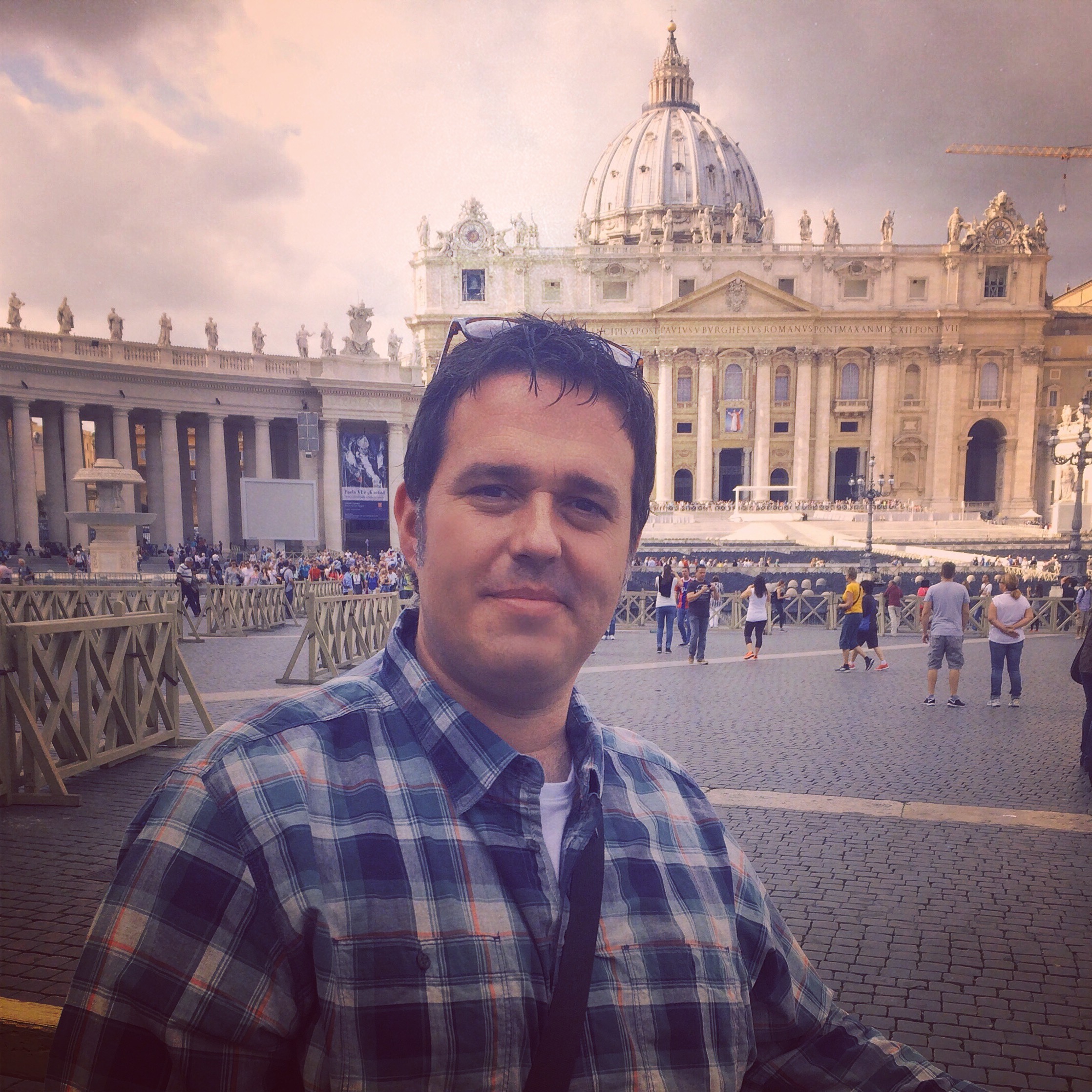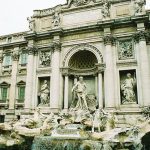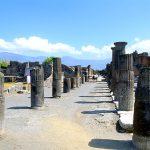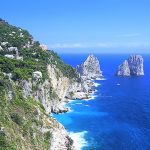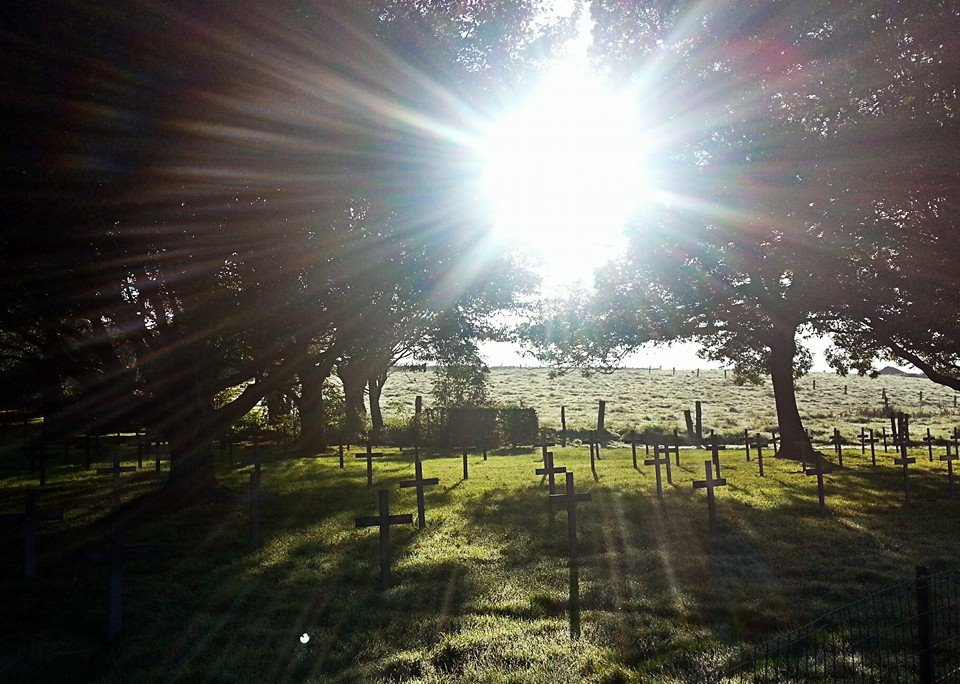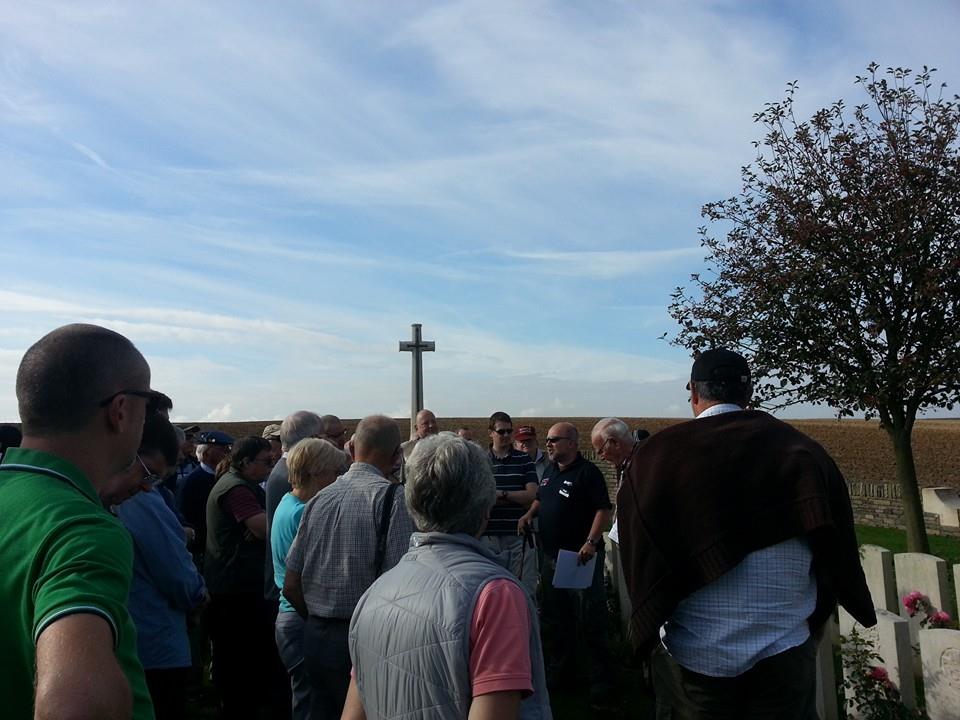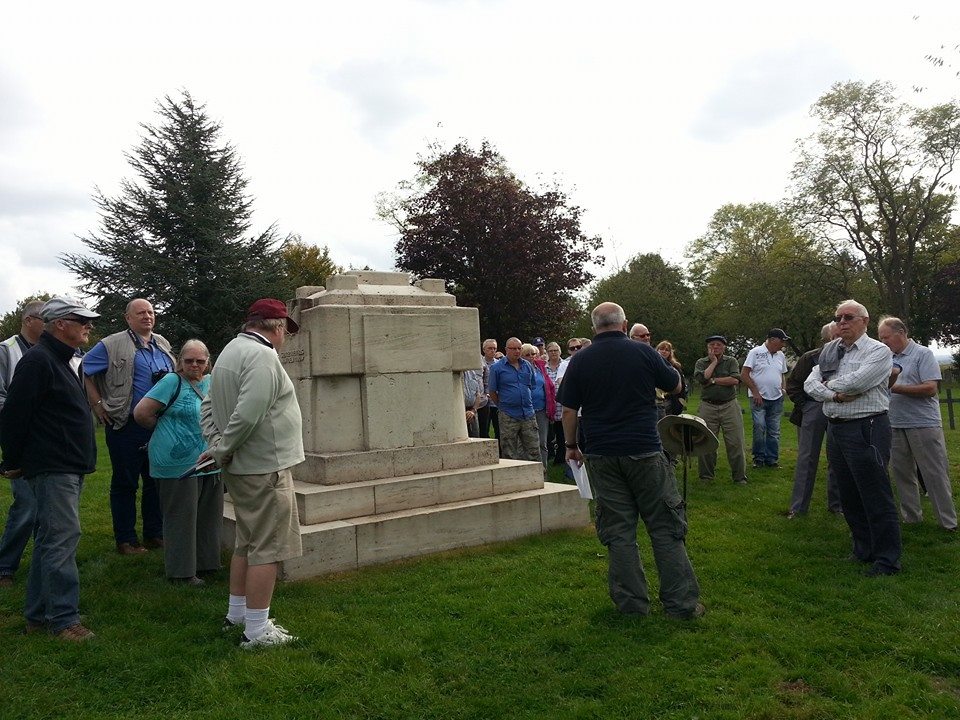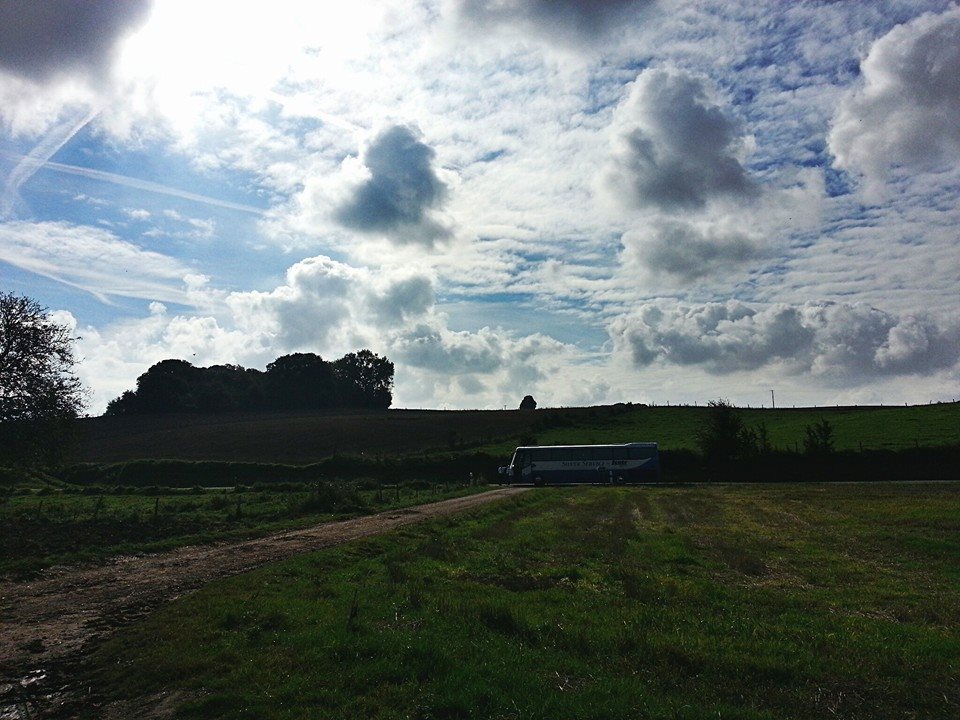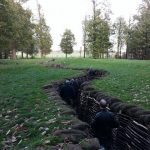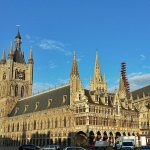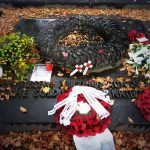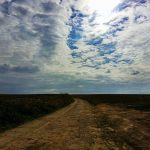Spring has blossomed, the darkness of winter will soon be a distant memory and it’s time to say so long to stark trees and grey skies. With spring comes a much awaited injection of colour and that’s just what we’ve been waiting for.
And when it comes to vibrant encounters, Europe is host to many spectacular colour parades from its floral displays to the unique tones of its beautiful architecture.
So, if you’re wanting to get into the spirit of spring, why not take a look at our top destinations to add a pop of colour into your travels?
Holland
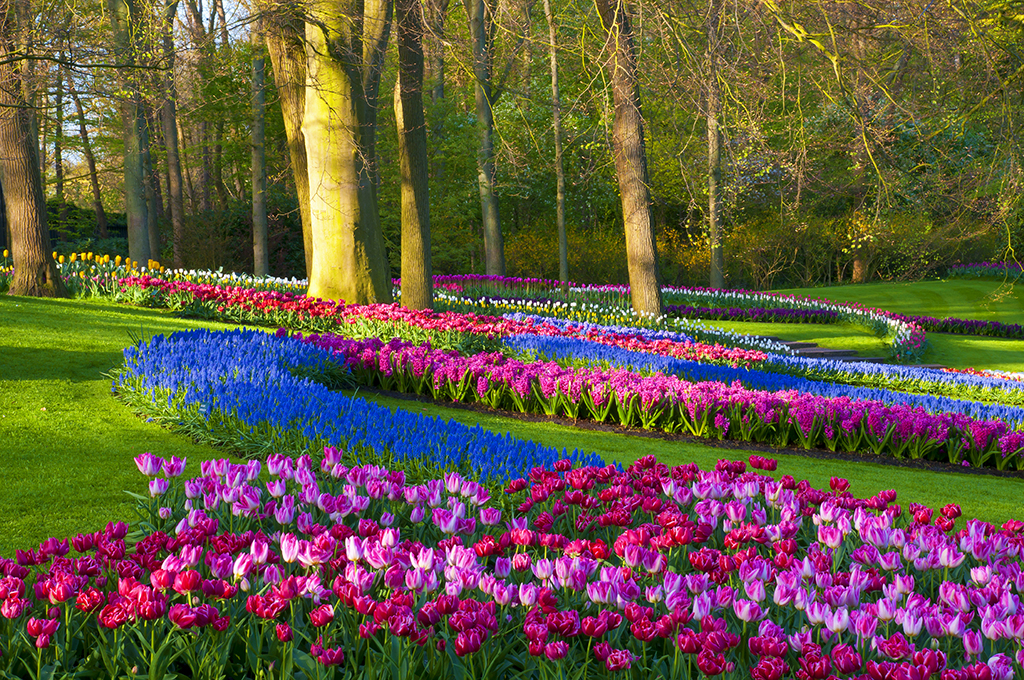
Of course, in the true spirit of spring, we have to start off with the tulips fields of Holland.
The cheerful Dutch Bulbfields are enough to brighten anyone’s day, with a gorgeous array of stunning colours and perfectly places windmills, you will well and truly know that spring has sprung.
The spectacular Keukenhof Park blooms between March and May, offering not only the iconic tulip displays, but also a variety of daffodils, hyacinths and crocus – a perfect destination for any avid gardener.
Copenhagen
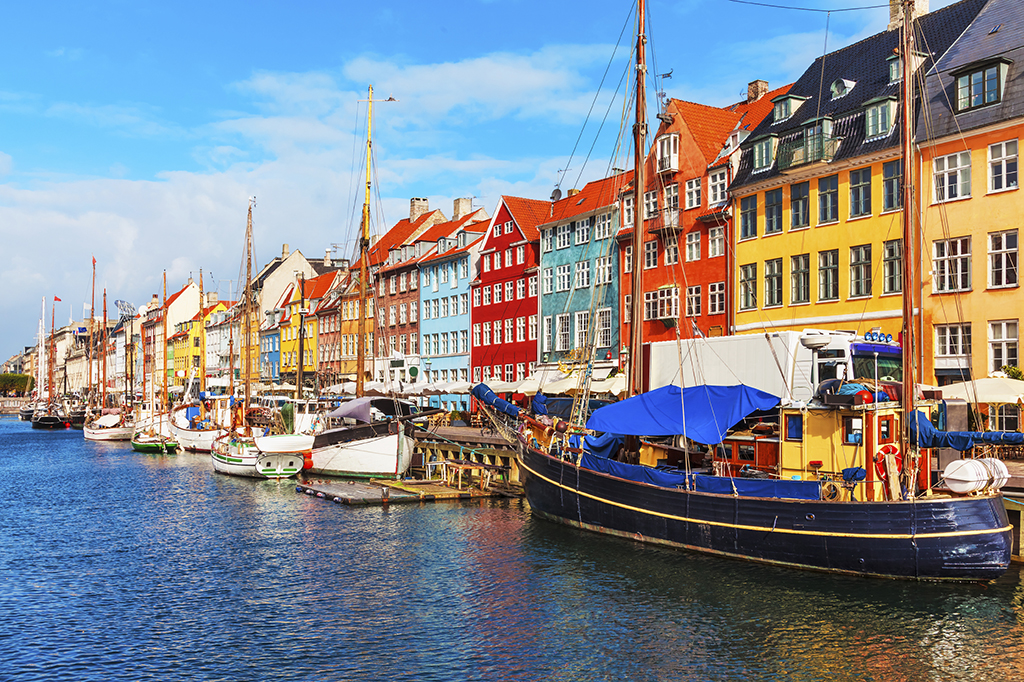
Down by the Nyhavn is where you will make the most of colourful Copenhagen. It was once the home to the famous Danish fairytale writer, Hans Christian Anderson (Number 20 for any literary fans), too!
Pretty pastel coloured buildings line the waterfront with ornate, old ships bobbing about on the water beside you, it sure does make for a lovely setting to rest your feet and enjoy a coffee or beer. Especially after a long day’s sightseeing.
Berlin
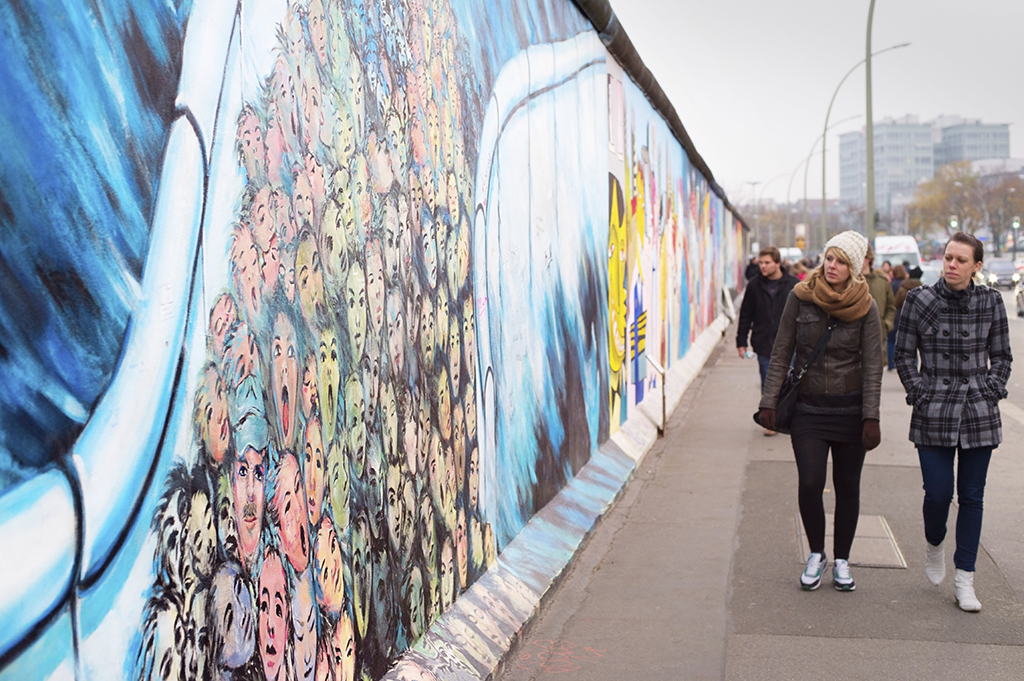
Love it or loathe it, graffiti art can be found in most cities, and Berlin is a haven for Street Art. And, when done properly, the artwork brings the city to life with impressive colourful murals.
One part of the world famous Berlin Wall has been turned into a gallery reflecting on a time of change and the hope for a better world. The East Side Gallery is possibly the largest and long-lasting open air galleries in the world and sure is spectacular.
Lisbon

Lisbon’s streets certainly have a nice surprise when you take a minute to look at the buildings surrounding you. Many homes are covered top-to-toe in decorative tiles, also known as the Azulejos.
They’re a huge part of Portuguese culture and, funnily enough, only private homes are allowed to be adorned in such splendour. So, it’s well worth heading off the beaten track in Lisbon.
Burano
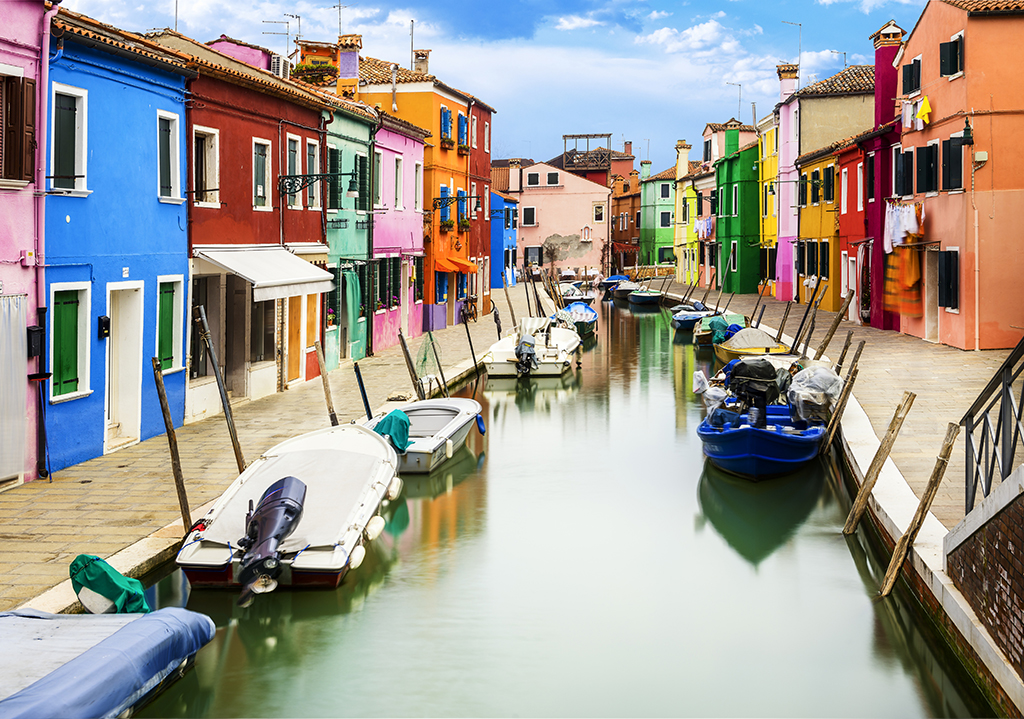
A little known cheerful haven just 7km from the centre of Venice. Burano, the coloured island of lace, is awash with brightly painted buildings, neon pink? You better believe it!
The coloured buildings date back to the islands ‘Golden Age’ when the island was first being developed. It is said that fisherman were the first to paint their homes bright colours so they could see them whilst out on the water.
But, you can’t paint your home just any old colour. You must send a letter to the government who will let you know colours that you’re allowed to paint your home meaning the island keeps its multi-hued charm.
Santorini
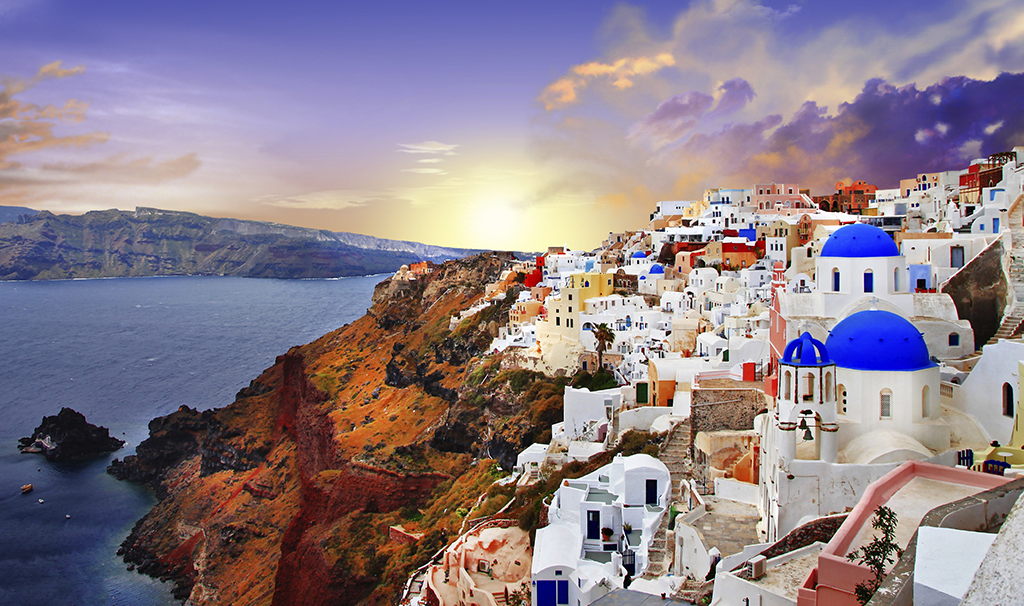
Think of Greek Islands and you are sure to conjure up an image of white buildings and blue roofs. And is there anywhere more stunningly in keeping with this than Santorini?
But don’t just think it’s a whitewash, the petite island is awash with stand-out colour, particularly in the town of Oia.
Colourful flowers and buildings painted in pink, yellows, oranges and red, perfectly contrast the clear blue skies and sparkling seas surrounding this cliff-side town.

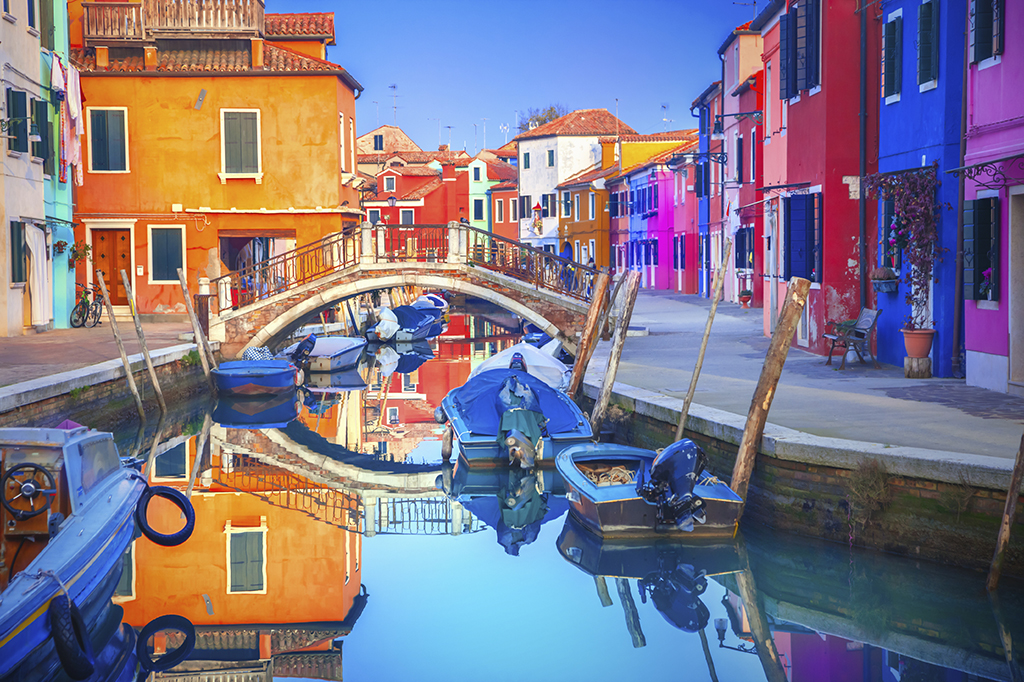

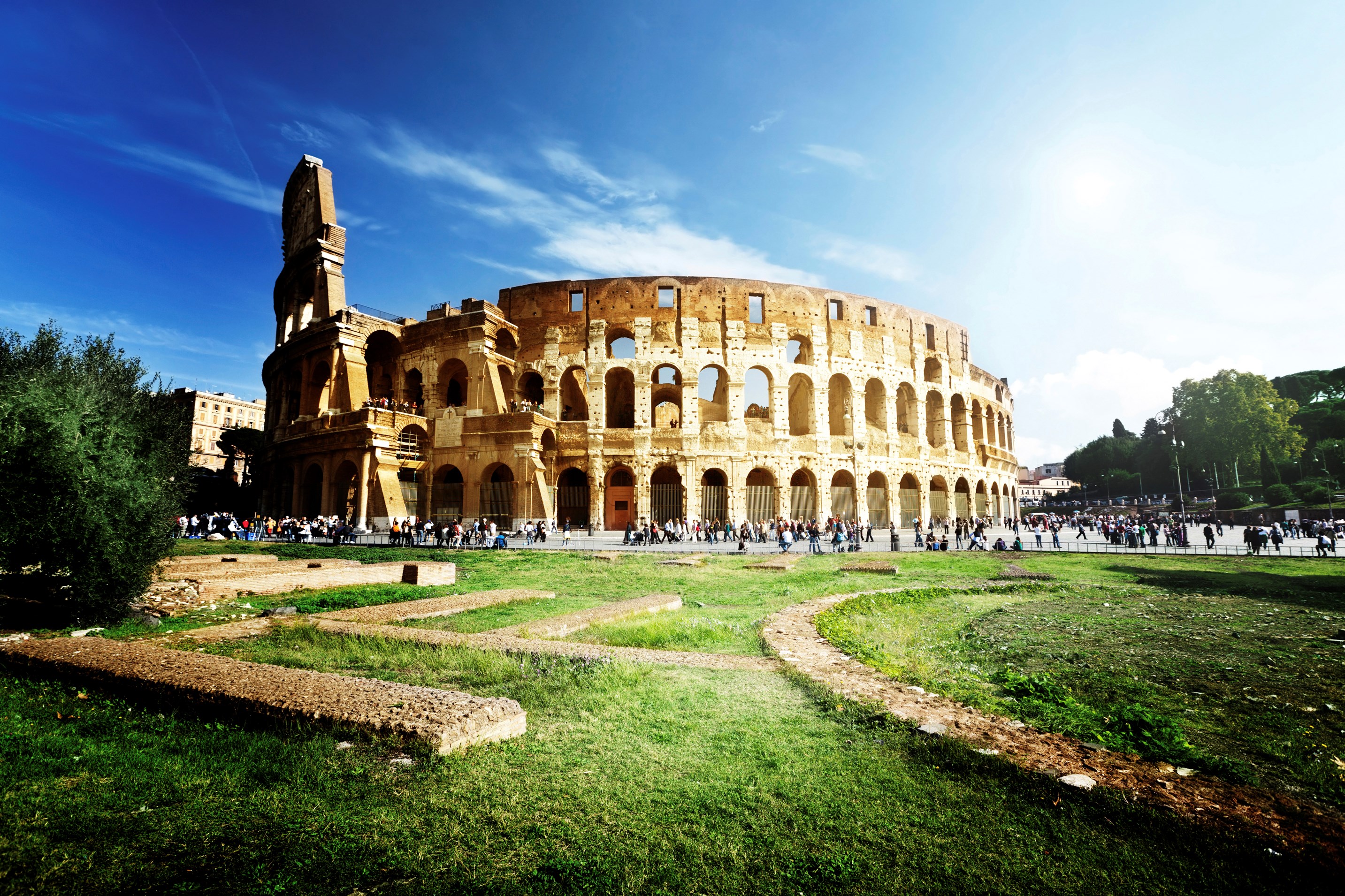
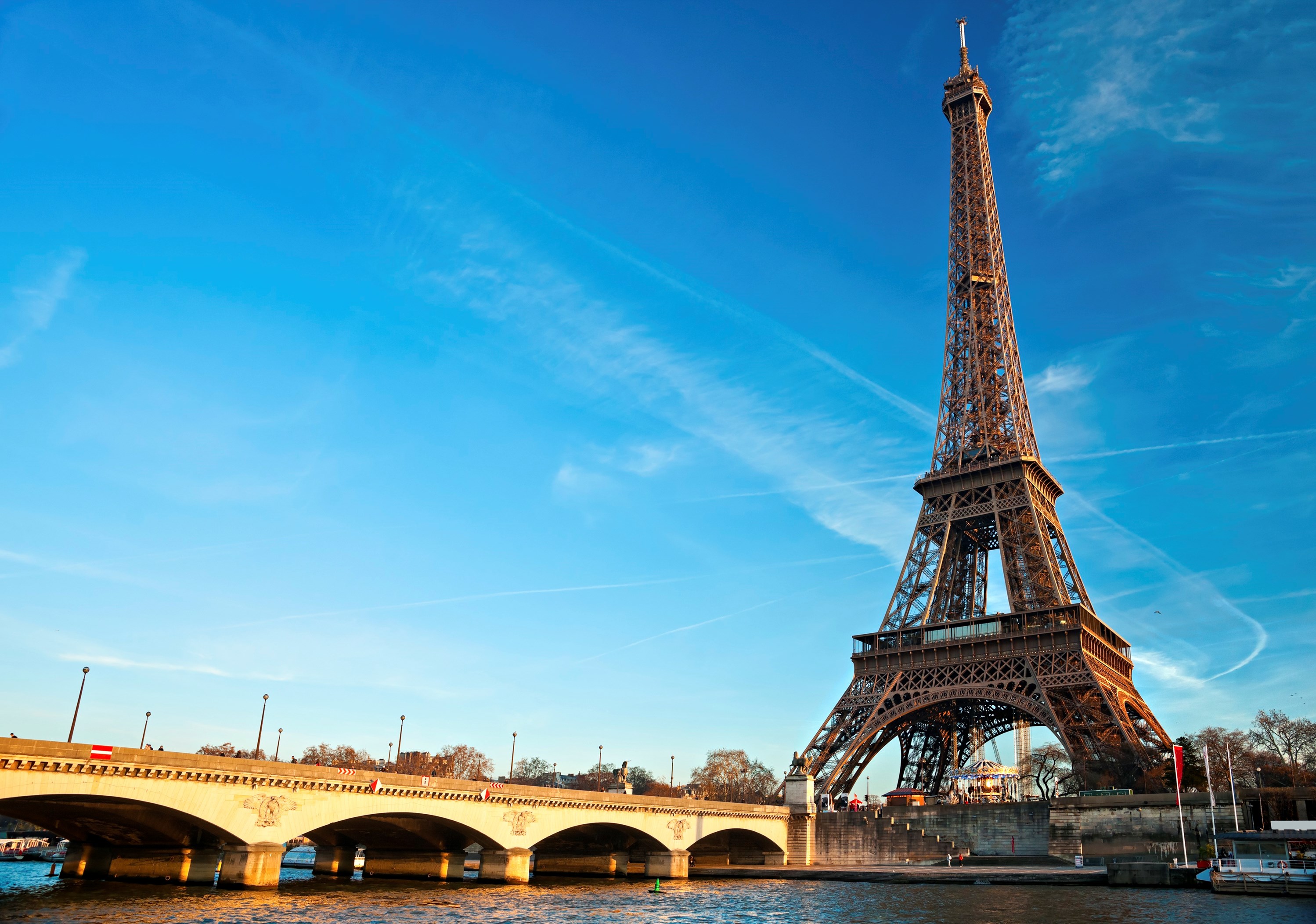
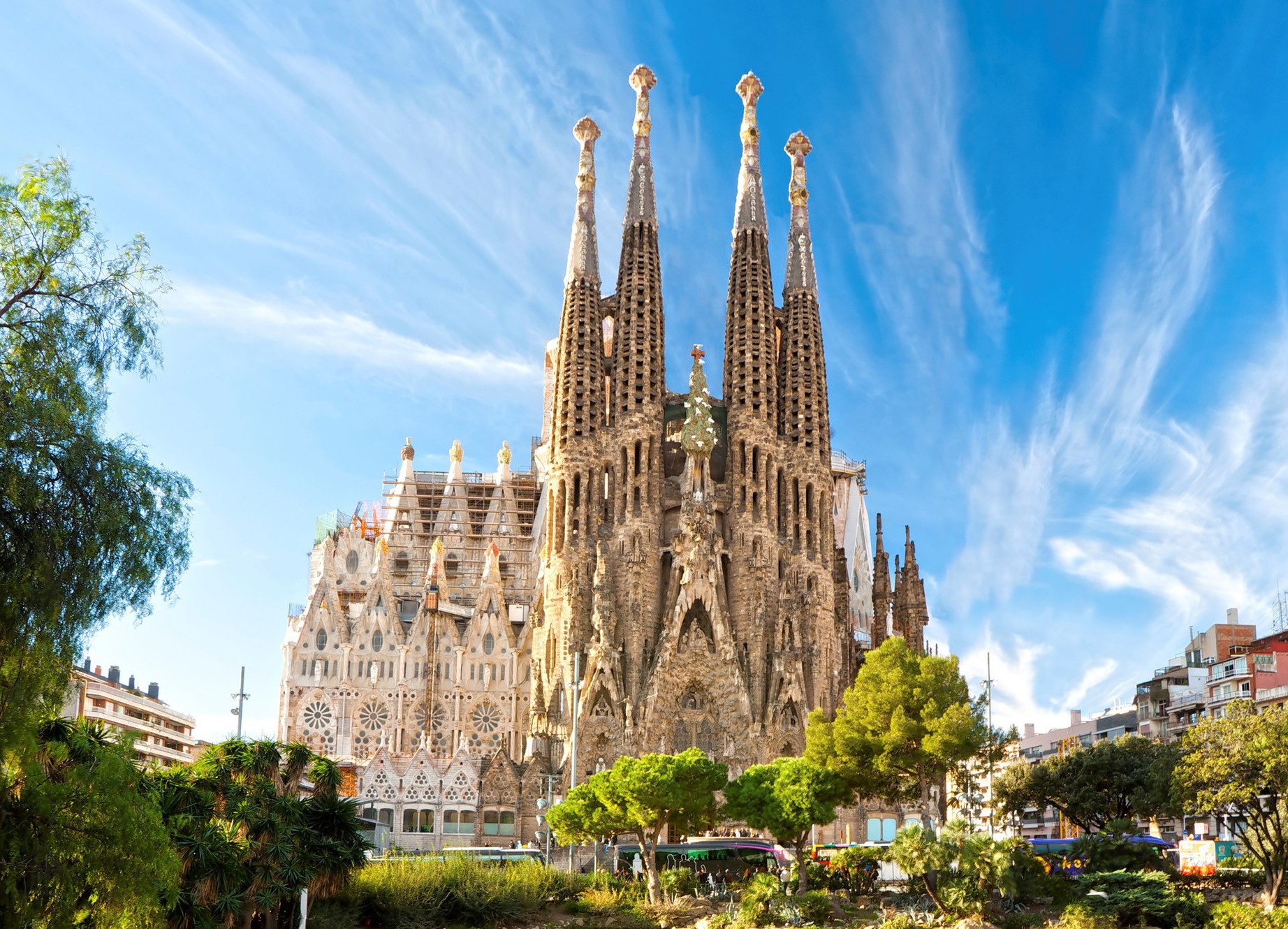
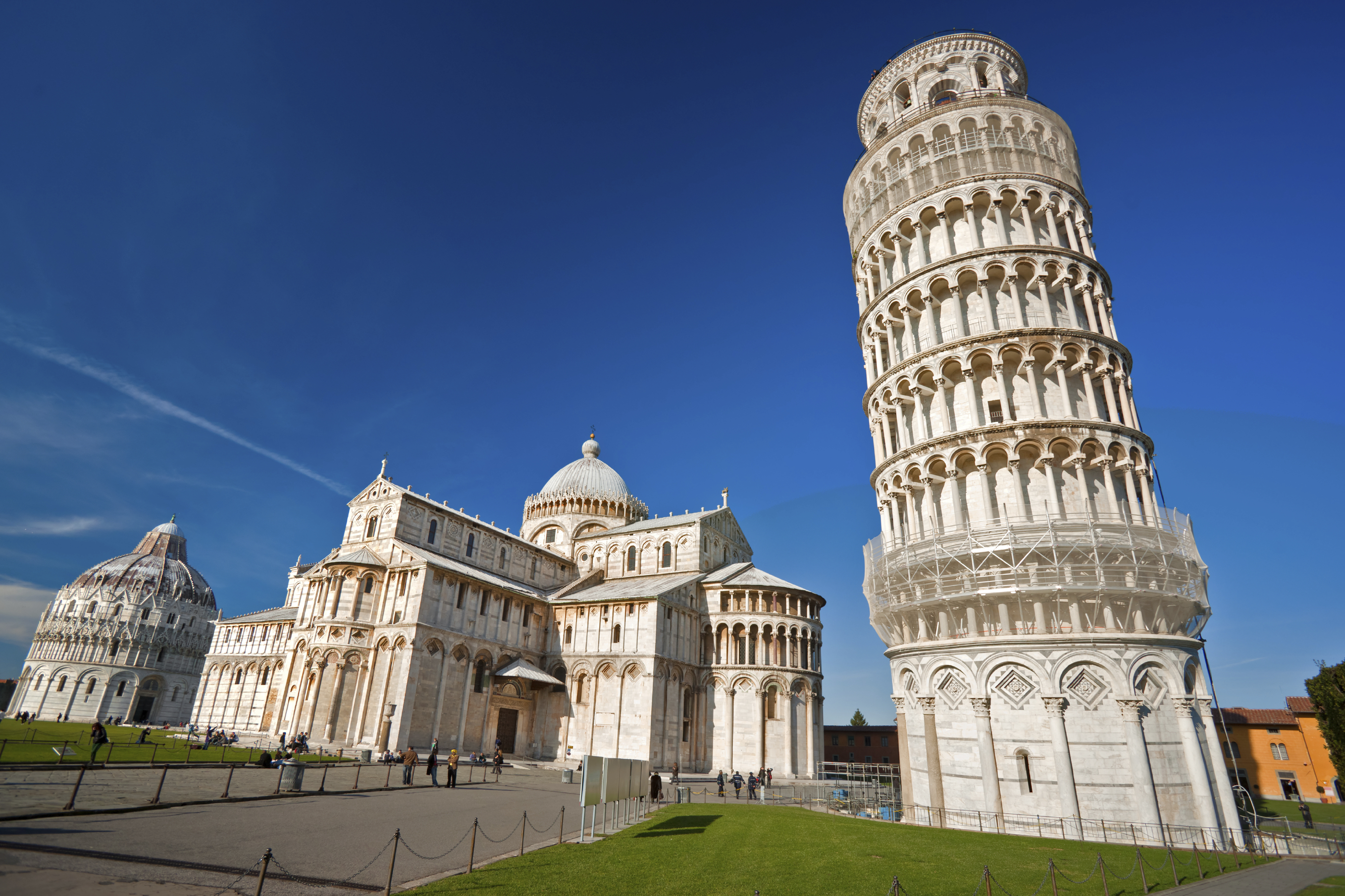
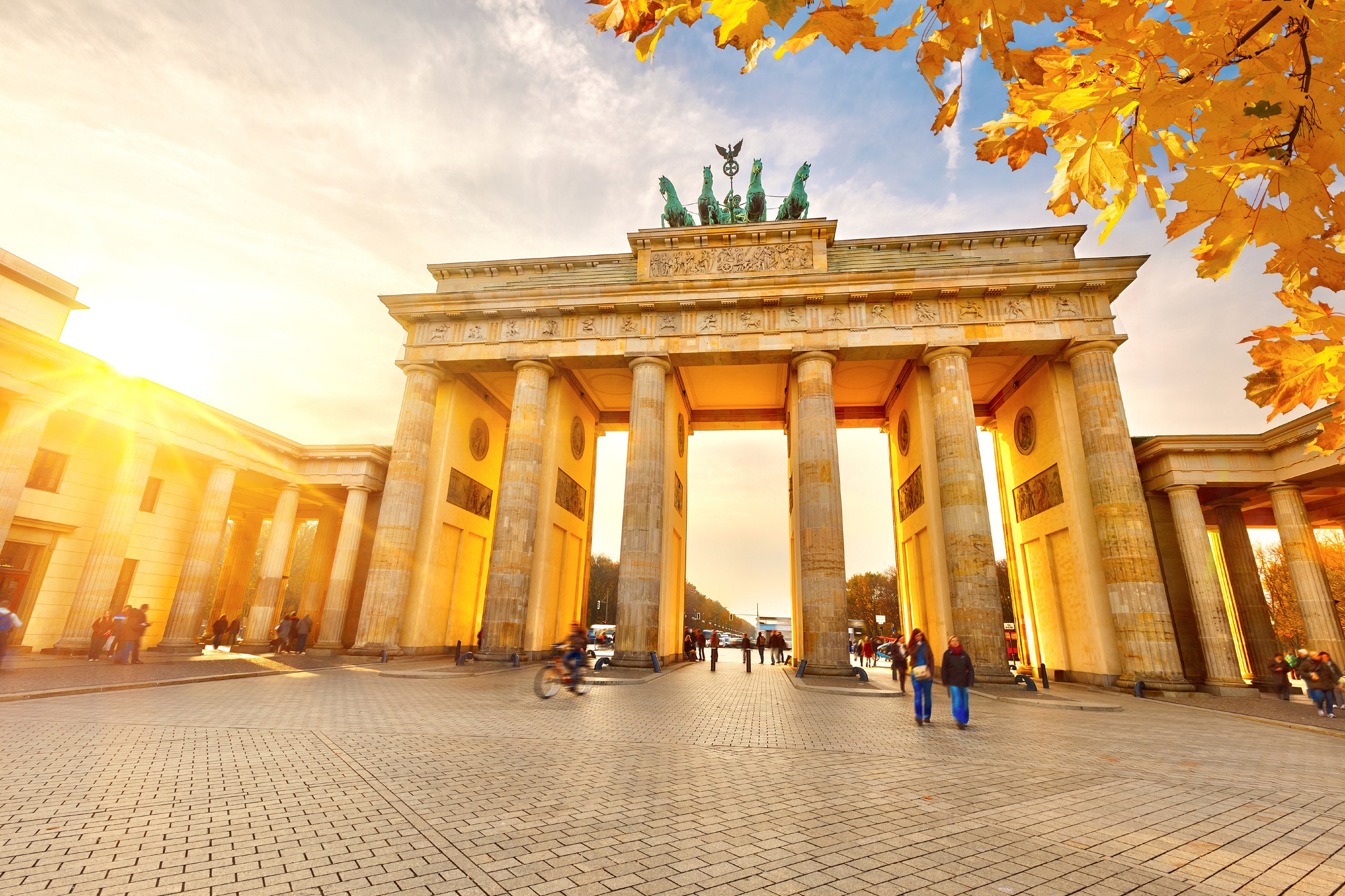
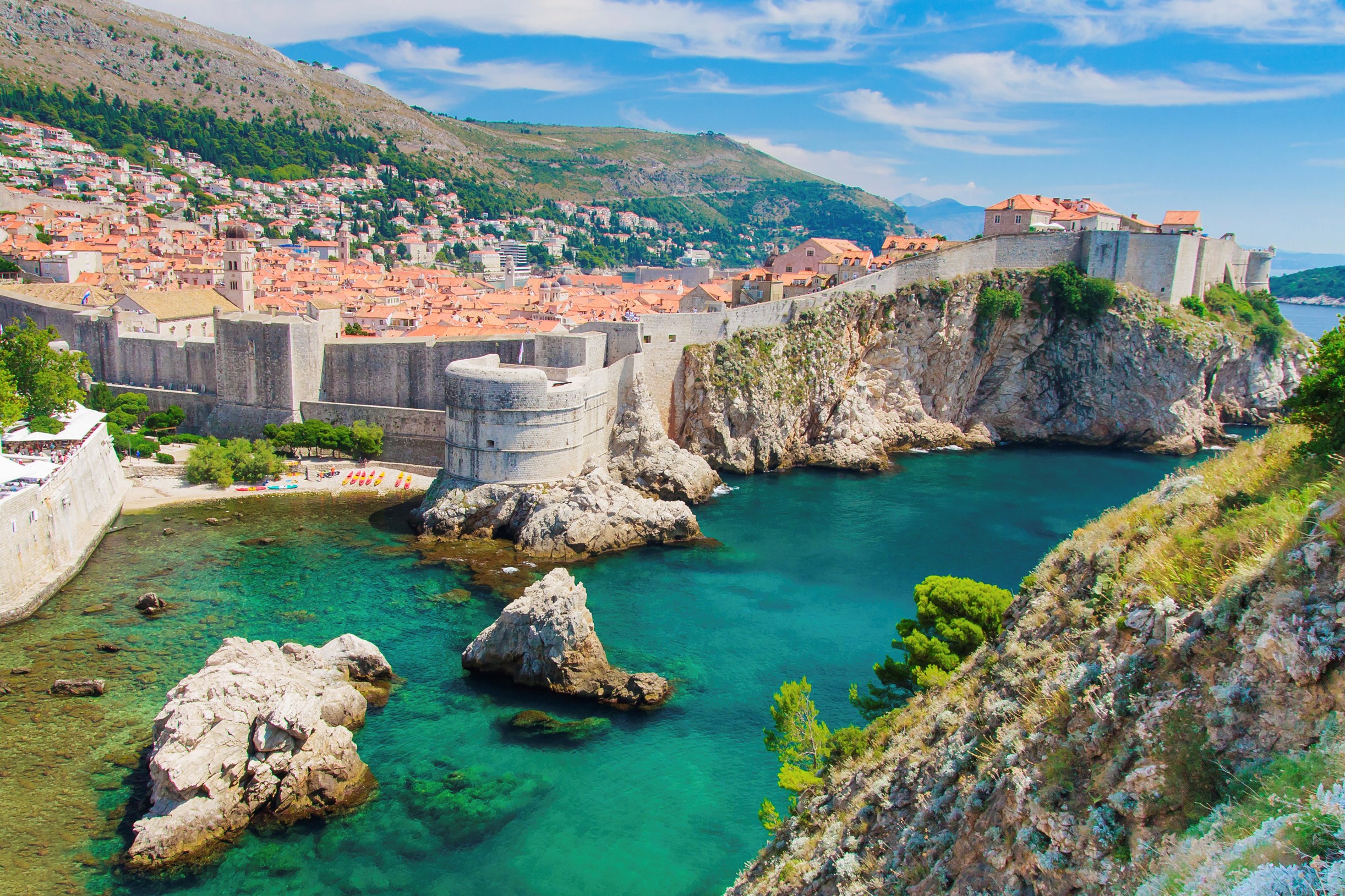

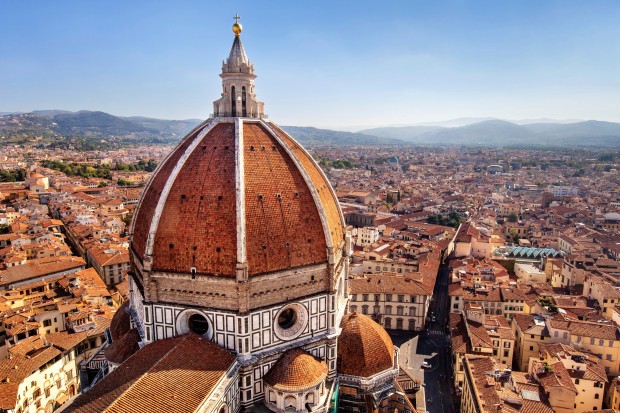
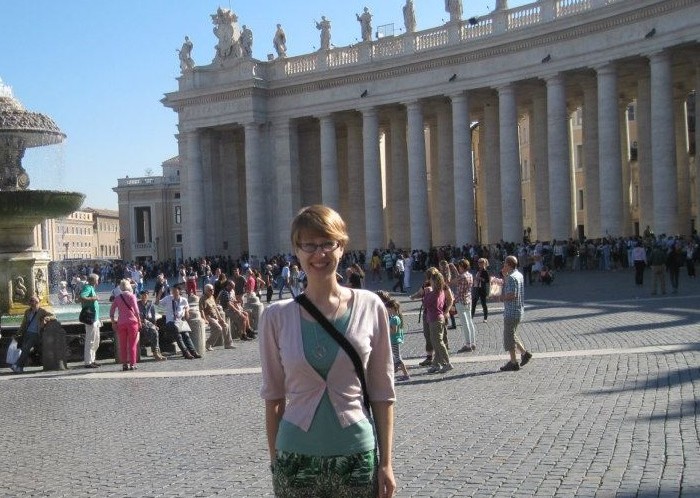
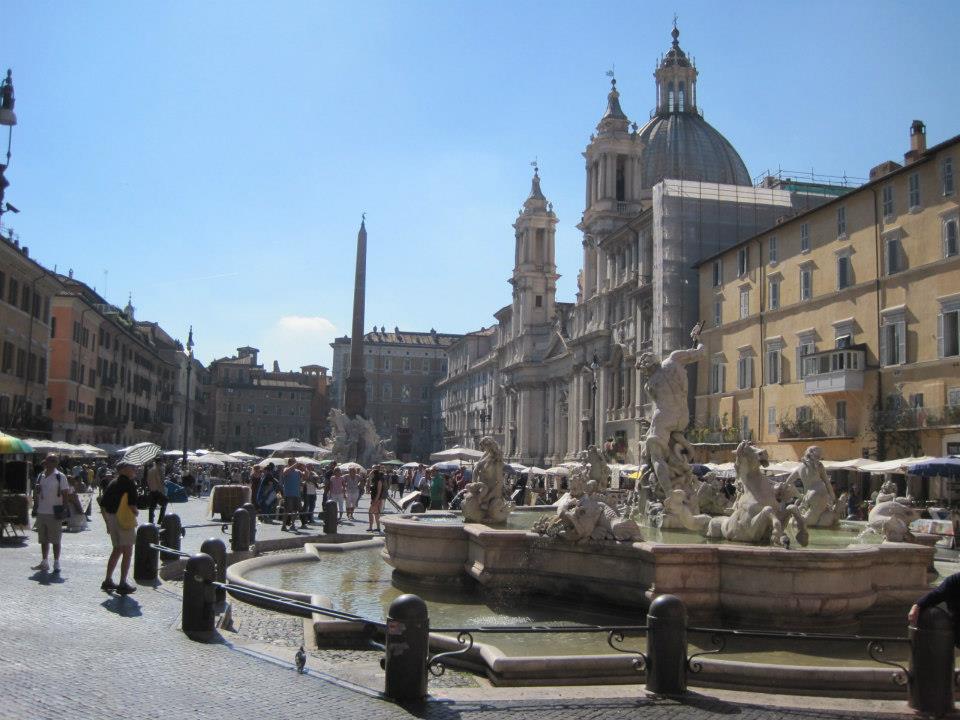
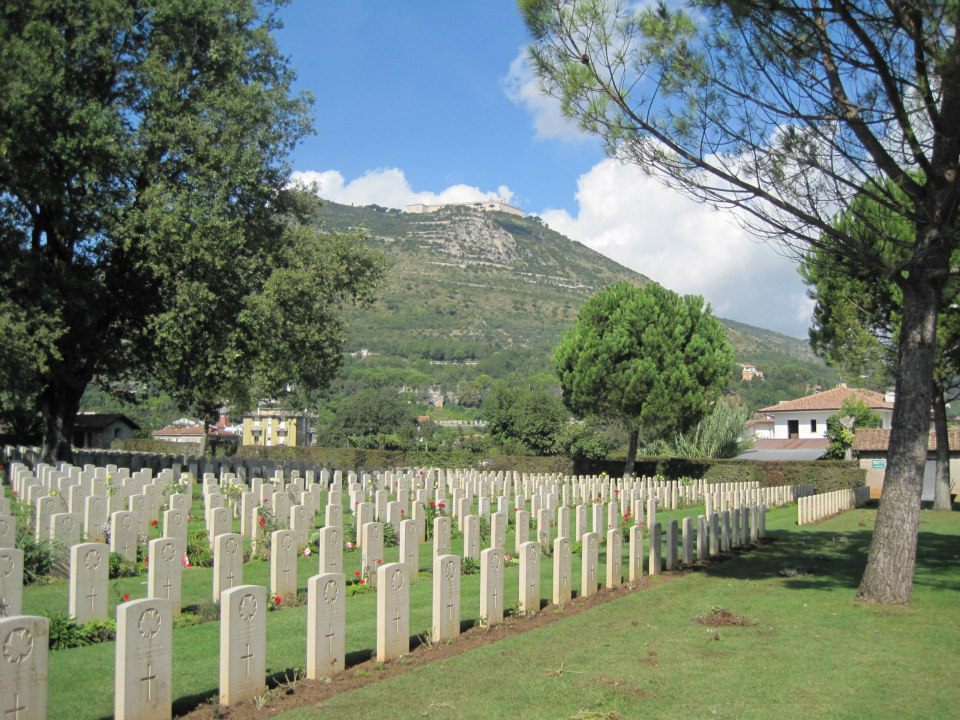
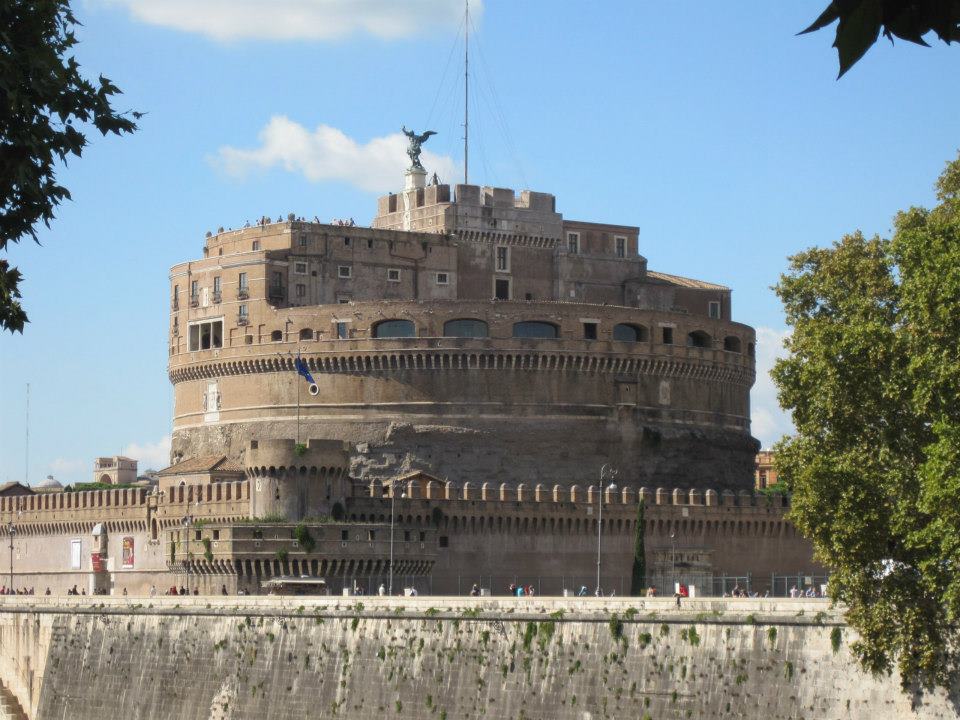
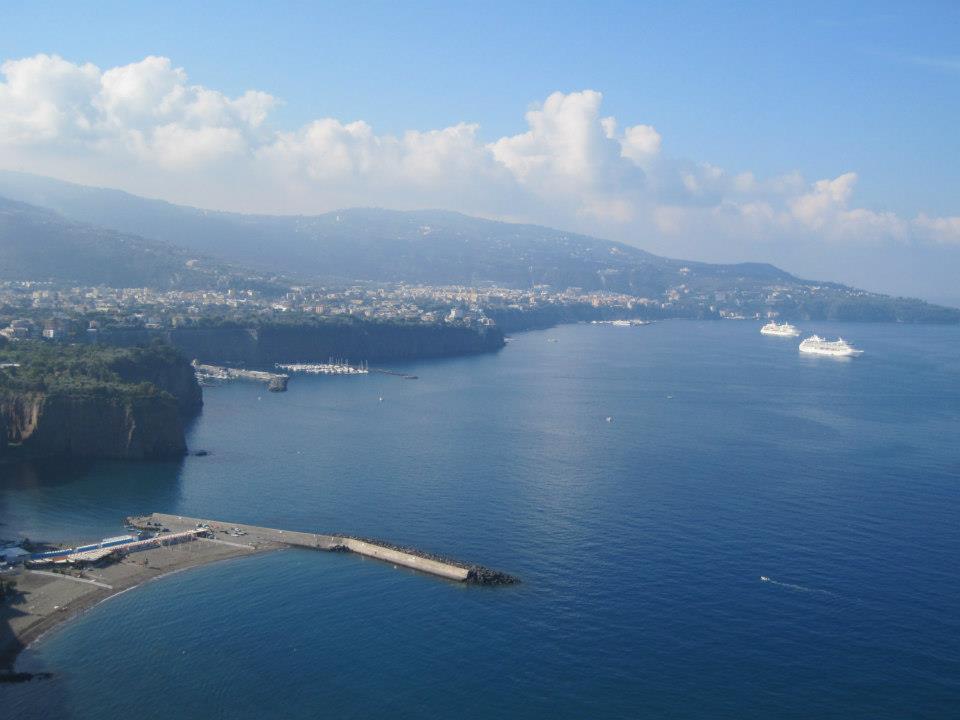


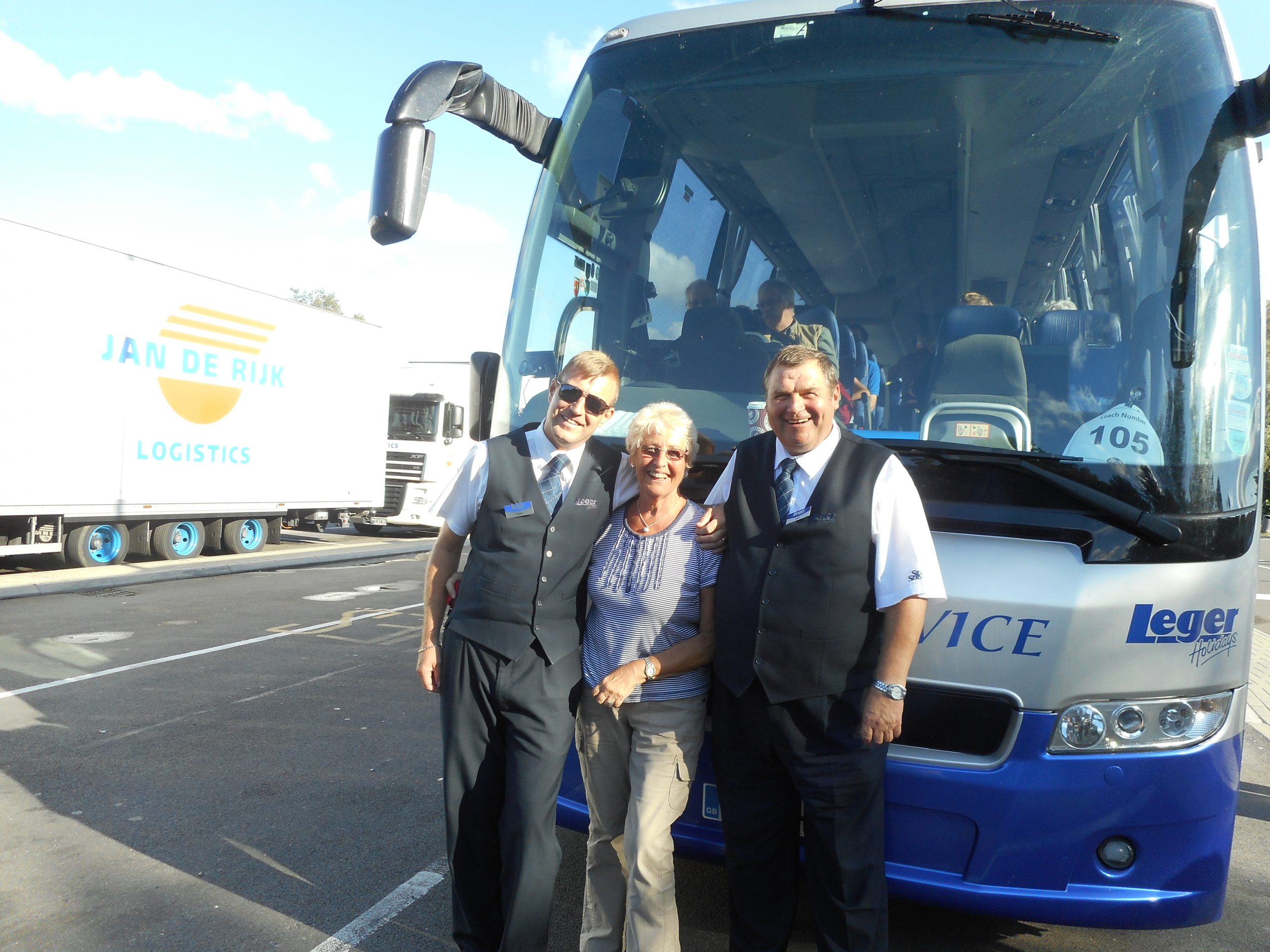

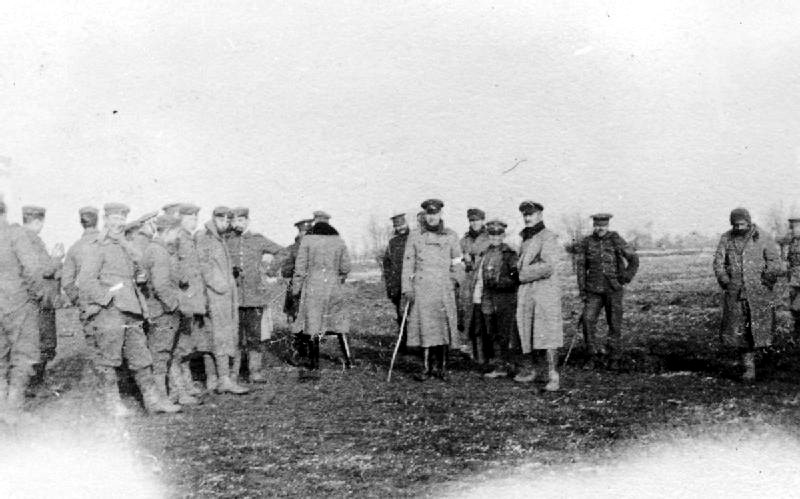
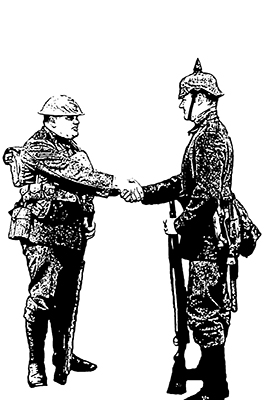
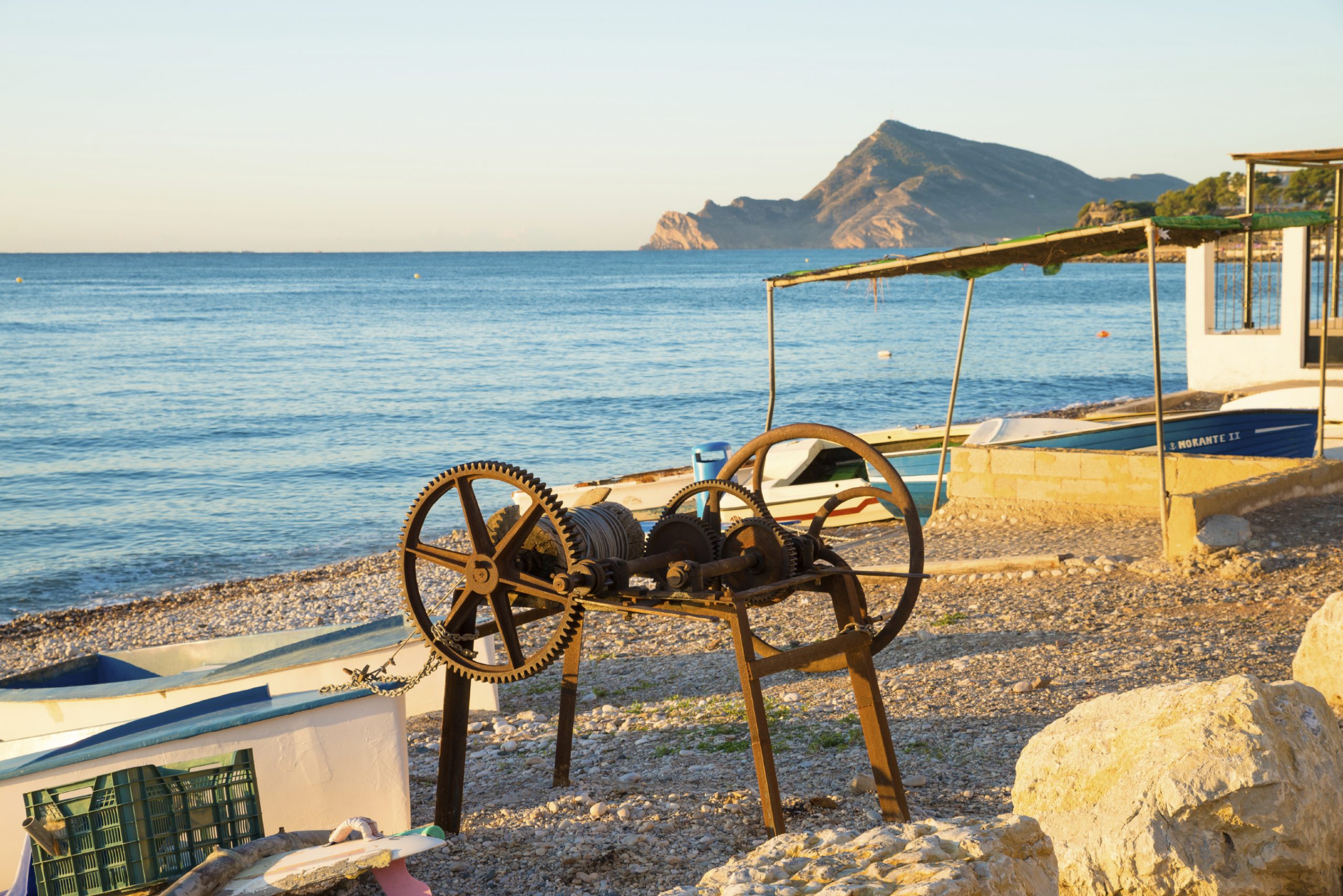
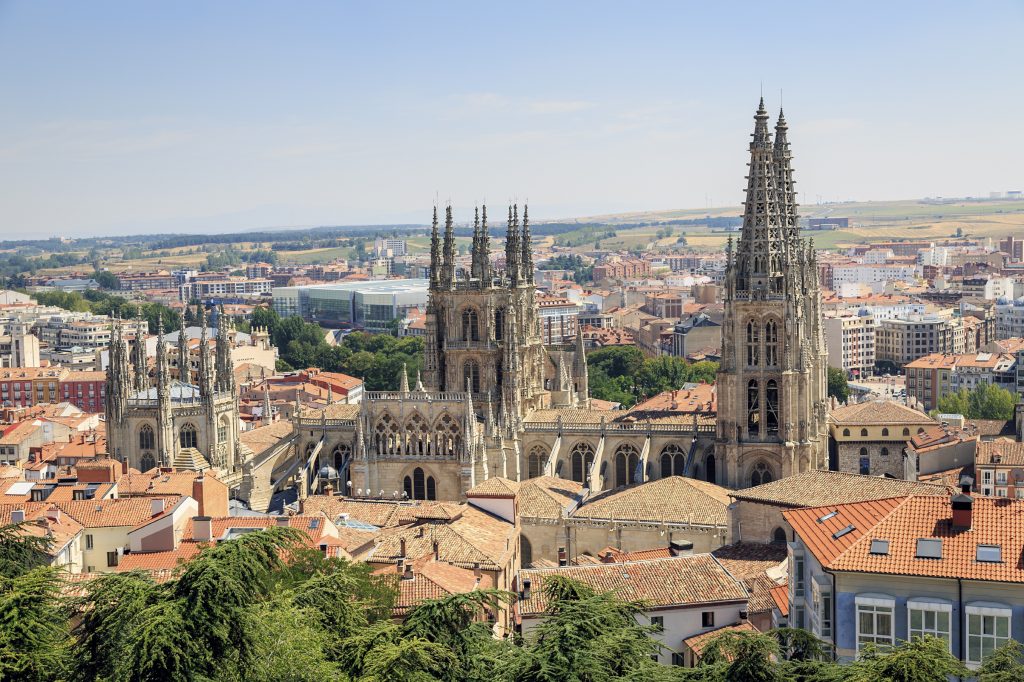 Burgos is also home to the Baby Jumping festival and, yes, you would be forgiven for being intrigued about the title. Known as the El Colacho, it has taken place every year since the 1620’s. The festival is free to join for any new born baby. Swaddled in blankets, they are laid on the ground where grown men, dressed as the devil, jump over the babies to cleanse them of evil spirits. The slightly bizarre festival is part of celebrations held nationally for the Catholic festival of Corpus Christi.
Burgos is also home to the Baby Jumping festival and, yes, you would be forgiven for being intrigued about the title. Known as the El Colacho, it has taken place every year since the 1620’s. The festival is free to join for any new born baby. Swaddled in blankets, they are laid on the ground where grown men, dressed as the devil, jump over the babies to cleanse them of evil spirits. The slightly bizarre festival is part of celebrations held nationally for the Catholic festival of Corpus Christi.

 Whilst in Alicante, you will be drawn to the Santa Barbara Castle. One of Europe’s largest Fortresses. Perched on the top of Mount Benacantil, it has everything you’d imagine from a medieval castle from cannons, dungeons and even a moat. Best of all it offers fabulous views across the city. Or, of course, you could savour the moment and take advantage of the beautiful sandy beaches.
Whilst in Alicante, you will be drawn to the Santa Barbara Castle. One of Europe’s largest Fortresses. Perched on the top of Mount Benacantil, it has everything you’d imagine from a medieval castle from cannons, dungeons and even a moat. Best of all it offers fabulous views across the city. Or, of course, you could savour the moment and take advantage of the beautiful sandy beaches.
